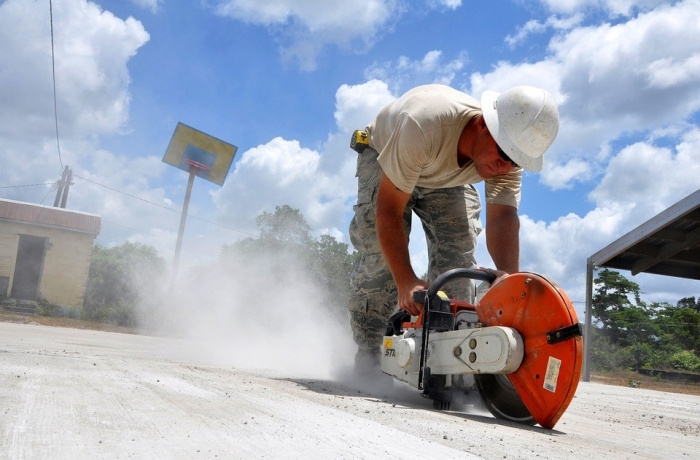HSE Target Respiratory Hazards in Construction

The Health and Safety Executive (HSE) has launched a new campaign focusing on the potential dangers of dust in the construction industry.
Focusing particularly on respiratory risks and occupational lung disease, inspections throughout October will be assessing to see what policies businesses have in place to protect their workers from the likes of silica, wood dust and asbestos.
Speaking about the campaign, HSE’s Chief Inspector of Construction, Mr Peter Baker, said:
“Around 100 times as many workers die from diseases caused or made worse by their work than are killed in construction accidents. Annually, work-related cancers, mainly linked to asbestos and silica, are estimated to kill 3,500 people from the industry. Thousands of others suffer life-changing illnesses from their work. Not all lung diseases take years to develop. Some, like acute silicosis or occupational asthma, can occur more quickly.
“As a result, we’ve launched this inspection initiative to find out what exactly businesses in the construction industry are doing today to protect their workers’ health, particularly when it comes to exposure to dust and damage to lungs.
“We want construction workers to be aware of the risks associated with the activities they carry out on a daily basis; be conscious of the fact their work may create hazardous dust; and consider how this could affect their health, in some cases irreversibly. We want businesses and their workers to think of the job from start to finish and avoid creating dust or disturbing asbestos by working in different ways. We want to see construction firms encouraging their workers to firstly keep the dust down and wear the right mask and clothing.
“Ultimately, we want construction workers’ lungs to be protected from ill health, so they can go home healthy to their families and enjoy long careers in this important industry.”
Dangerous dust can be produced from numerous common tasks in the construction industry, including: cutting paving blocks, raking mortar, cutting roof tiles, grinding, sweeping and sanding. When working with specific dusts, air filtration or suitable and adequate respirator masks should be worn.
For more information about the #DustBuster campaign and potential respiratory hazards in the construction industry, please visit the HSE website.

